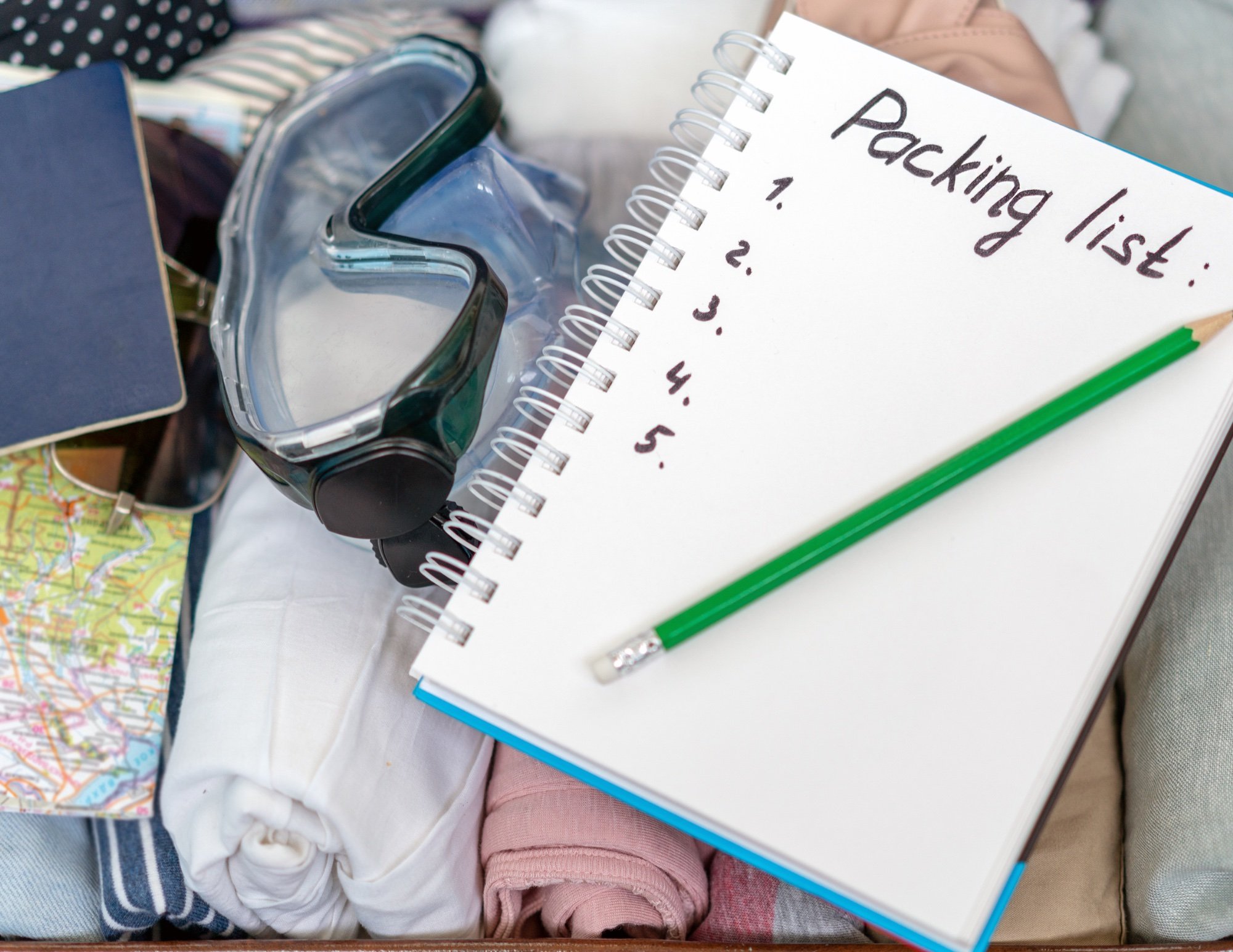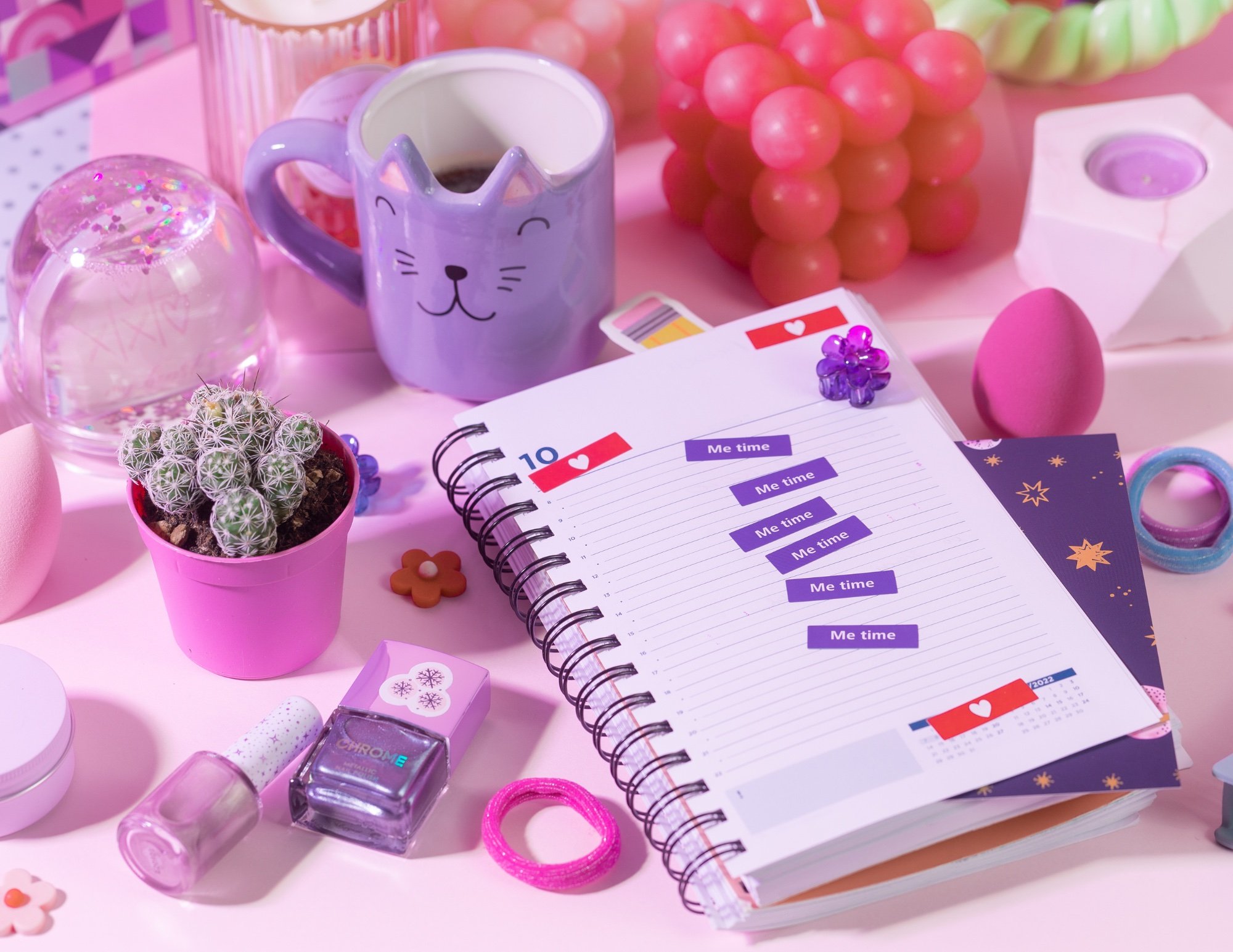Consider the phrase “don’t cry over spilled milk”. More likely than not, you have heard, and probably even used, this phrase throughout your life. By now, you know that the phrase is used to encourage others not to worry about situations they cannot change. In a simple form, the intent of the phrase is to help others regulate their emotions and develop emotional intelligence. And while it can successfully accomplish those goals, most children need more than a saying to regulate their emotions when they are overstimulated or emotionally dysregulated. Telling children how to do something and showing them how to do something are two completely different concepts. Just think- would you expect a child to know how to hold, and read, a book without showing them?
There are simple, yet powerful, ways to practice emotional wellbeing with your child at home. The frequency and timing of these activities will depend on the skills that your child already has. Some children may need to practice these strategies during homework help while others may need help managing their big emotions as they arise. Whatever the context, these specific strategies will build the foundational skills your child needs to regulate their emotions with more independence:
Brain breaks and mindfulness activities are excellent opportunities to help keep children motivated, focused, and ready to learn. Most successful brain breaks are planned or used as a strategy when children have an inability to focus due to emotional dysregulation. Depending on your child’s needs and interests, brain breaks can include movement, mindfulness, or educational content. Here are a few examples of how they can be implemented at home:
Timed intervals: Set a timer while your child is working on a long, or complex, task. When the timer goes off, have your child pause when they have reached a good stopping point.
Quantities: Set work-related goal with your child. Goals can range from smaller to larger chunks such as a number of problems, a complete assignment, or part of a project.
Dysregulation: Use brain breaks and mindfulness activities to rebalance your child’s emotions if they become dysregulated, extremely fatigued, or unmotivated while working.
Reinforce content with educational videos, or music. Let children reflect and practice mindfulness through a series of written or auditory prompts.
Here is a list of activities your child may enjoy:
Go Noodle: A free resource with a variety of brain breaks, exercises, and mindfulness
Cosmic Kids Yoga: A Youtube series with various Yoga tutorials
Mindfulness Coloring Books, or free printable pages
Youtube Freeze Dances: Coach Corey Martin, P.E. with Mr. G, or Matthew Wood with movement inspired activities
BrightenUp! Kids: Free yoga, mindfulness, affirmations, and reflection tutorials with themes like Shake Off Those Icky Feelings and Butterfly Hug
Educational games, puzzles, or strategy games for brain breaks and skill practice
Creativity exploration: directed drawings, musical lessons, journaling, nature walks/5 senses writing, painting, or listening to music
Utilizing structured brain breaks during extended work sessions (i.e homework, cleaning, after school activities) can successfully help children regain focus and apply their best effort. By teaching these strategies at home, you are providing students with tools they can learn to implement independently when they are feeling dysregulated. Whether they’ve quite literally “spilled milk”, are fatigued at the end of a long day, or are struggling to focus, brain breaks are like a mini “reset” button that could provide clarity.
Written by Ami Z.










